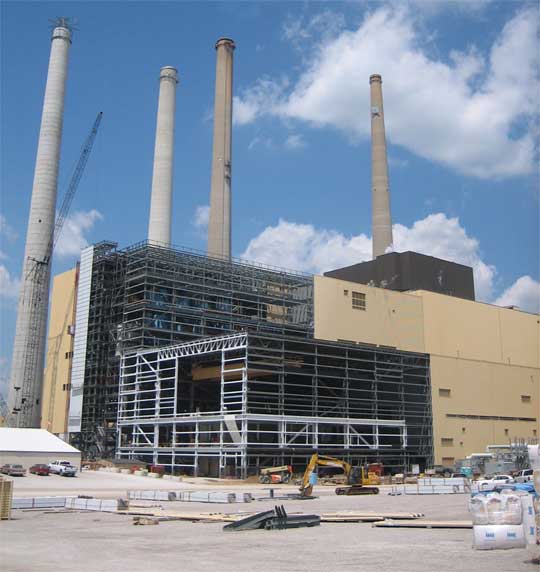The American Lung Association State of the Air 2011 report ranks the metropolitan areas based on ozone and particle pollution during 2007, 2008 and 2009. For particle pollution, they rank the areas separately with high year-round (annual average) levels and high short-term levels (24-hour) found in monitoring sites across the United States. They compile data from the U.S. Environmental Protection Agency (EPA) to get the rankings.
Most Polluted Cities
The cities are ranked by the air quality in the most polluted county in the metropolitan area. Click on the city name to open links to a chart of the trends for ozone and year-round particle levels, as well as more information about air pollution and the local Lung Association. Note that some cities rank high on one list and don’t show up on other lists because of the differences in their pollution problems. Each city includes all the counties that form the economic and transportation network that makes up the metropolitan area as defined by the federal government.
Cleanest Cities
The cities on the cleanest cities lists for ozone and for short-term levels of particle pollution had no days with unhealthy levels of ozone or particle pollution. These lists are not ranked because all the cities earned the same scores. The cities on the list of the cleanest for year-round particle pollution levels are ranked by their average levels of particles, as calculated by the EPA. Note that some cities are clean for one category, but not for others.
County rankings and cleanest county lists are also available in the full report.
 This past Monday there was a public meeting to give the local community a chance to voice their opinion about the proposed White Stallion Power Plant near Bay City, Texas. The plant would be approximately a mile south of Bay City off of FM 2668, and construction is scheduled to begin next year.
This past Monday there was a public meeting to give the local community a chance to voice their opinion about the proposed White Stallion Power Plant near Bay City, Texas. The plant would be approximately a mile south of Bay City off of FM 2668, and construction is scheduled to begin next year.

